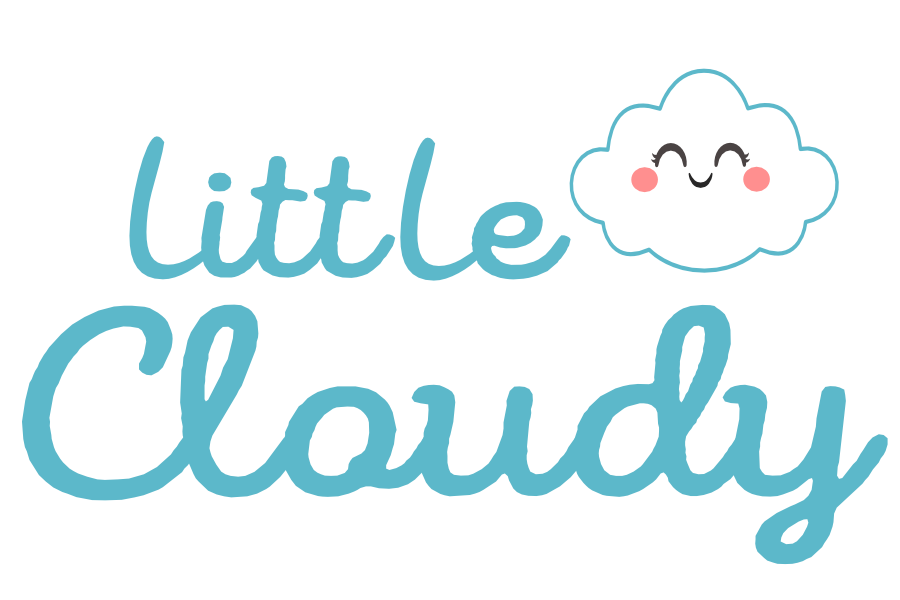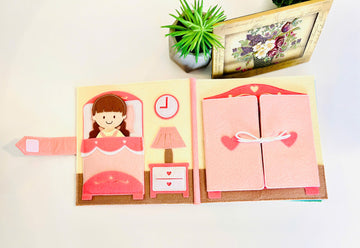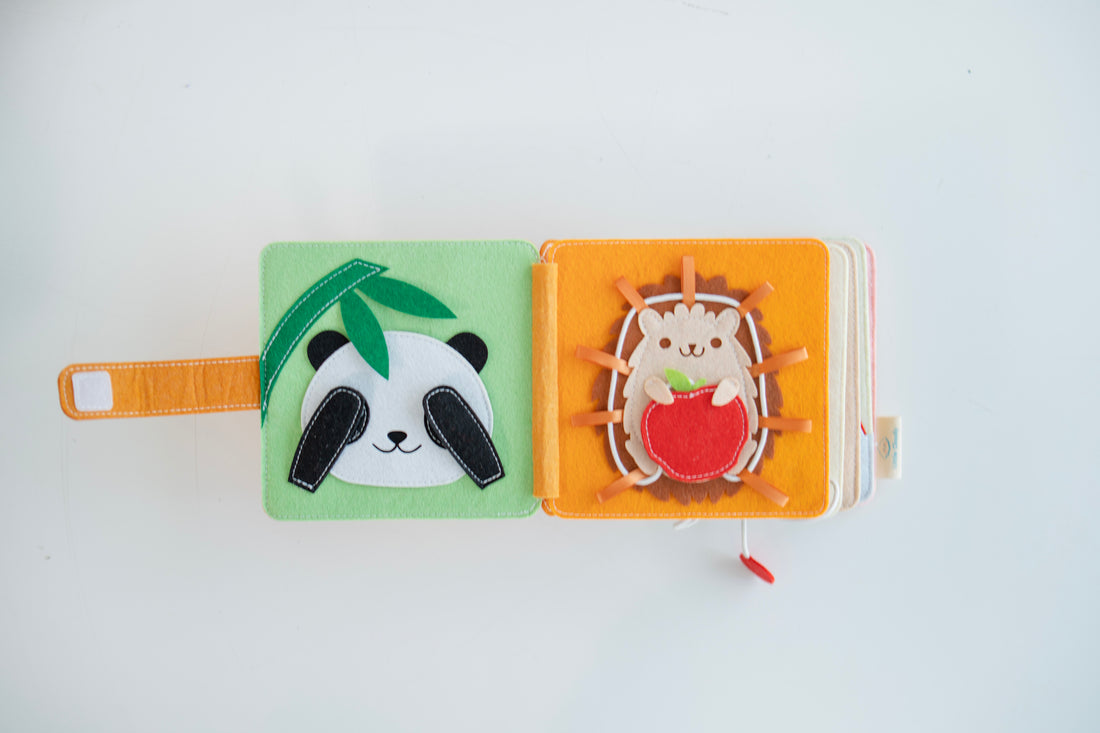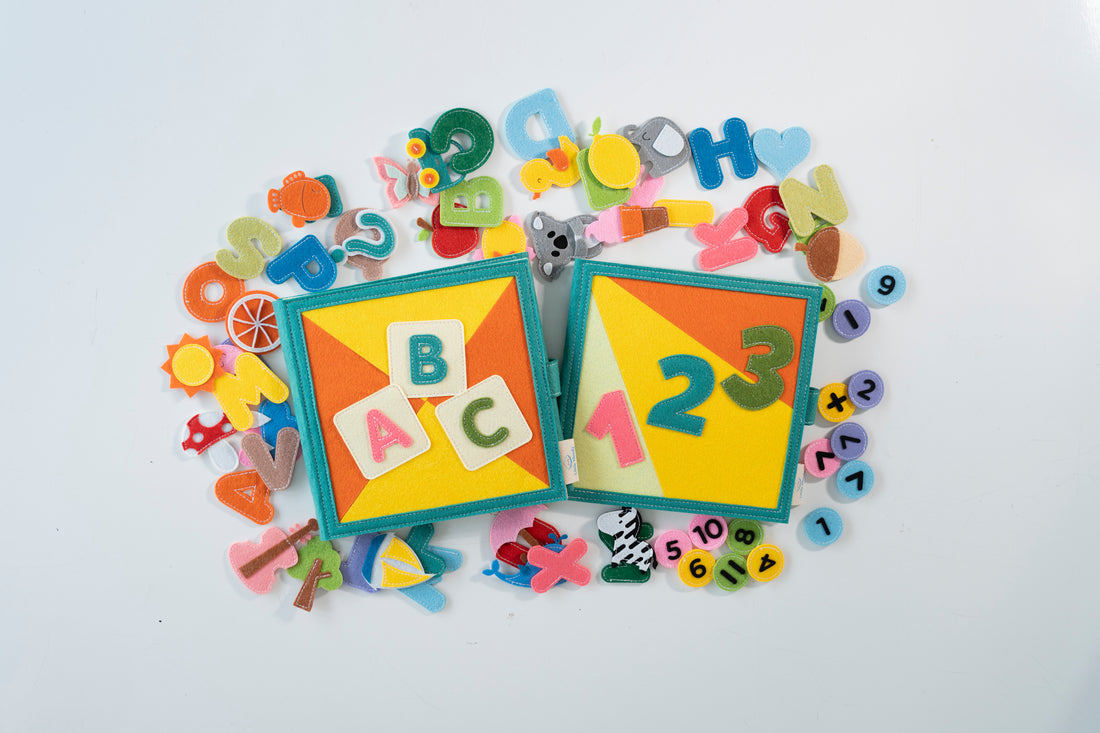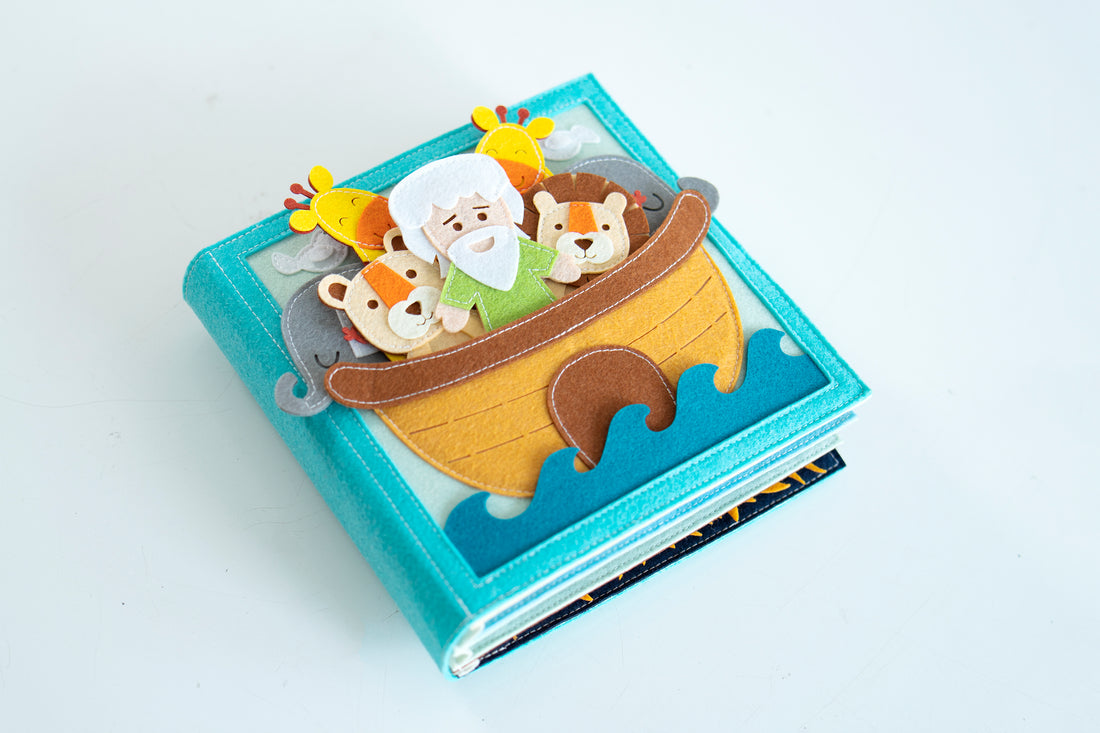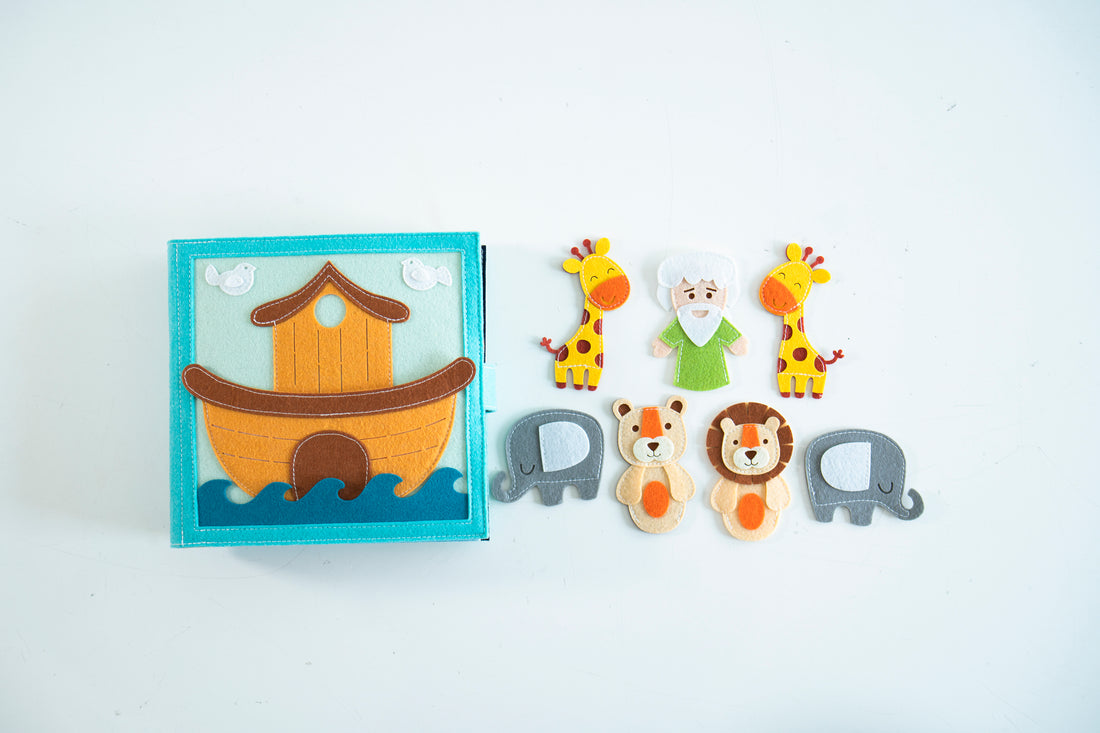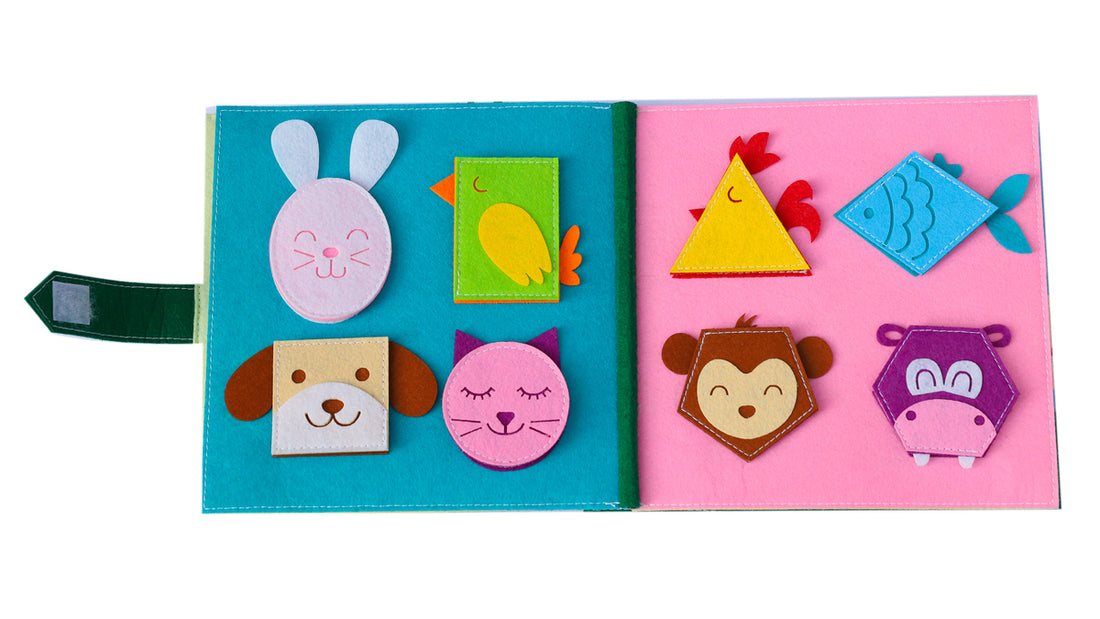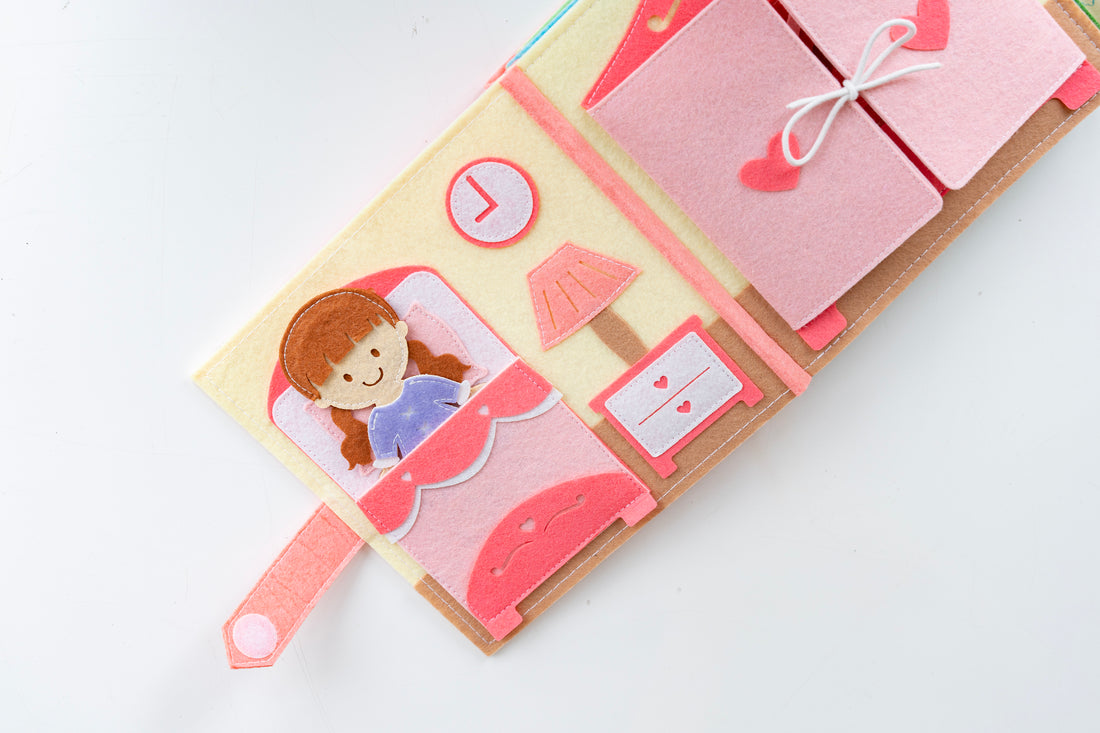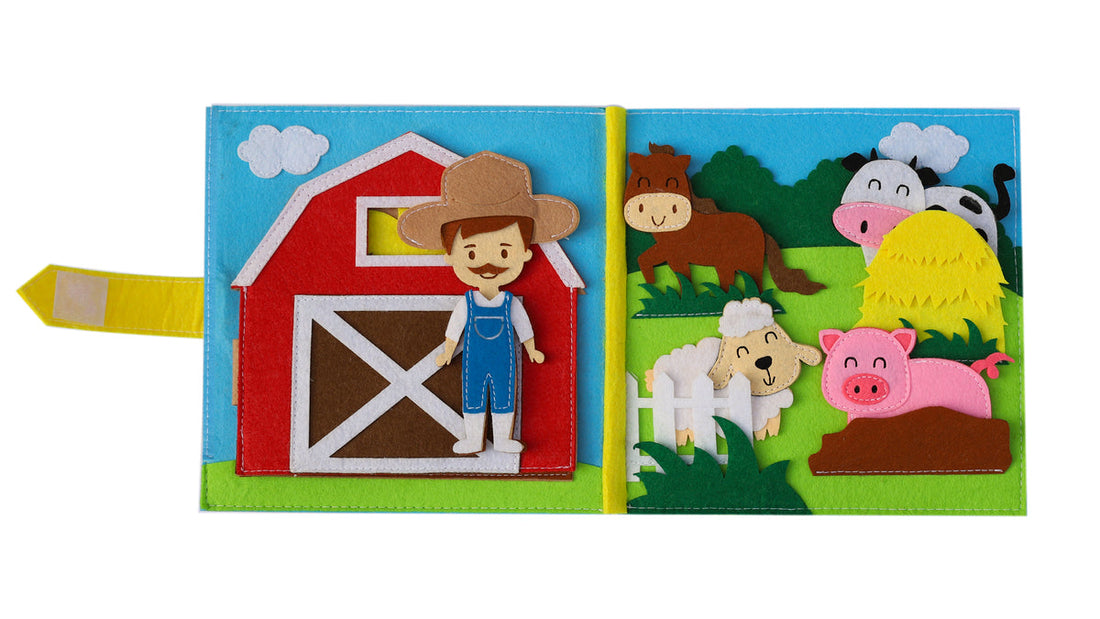Sensory Books For Toddlers With Autism
Are you looking for ways to support your toddler with autism in their sensory development? Sensory books may be the answer you've been searching for. These specialized books are designed to engage multiple senses, providing a unique and enriching experience for children with autism.In this article, we will explore the benefits of sensory books for autism therapy and provide tips for choosing the right ones for your toddler. By incorporating sensory books into your daily routines, you can promote fine motor skills, language development, and overall sensory integration.
With their interactive features, colorful visuals, and various textures, sensory books offer a wonderful opportunity for active participation and engagement. Whether you're a parent, caregiver, or educator, join us as we delve into the world of sensory books and discover how they can make a positive impact on your toddler's development.
Understanding Sensory Development in Toddlers with Autism
Imagine how overwhelming the world must feel to toddlers with autism as their sensory development differs from their peers'. Sensory processing, or the way the brain receives and interprets information from the senses, is crucial for all children's development. However, for toddlers with autism, sensory integration can be challenging. They may struggle with sensory experiences that others find enjoyable, such as loud noises, bright lights, or certain textures. These sensory challenges can lead to difficulties in daily activities and social interactions.One way to address these challenges is through sensory play. Sensory play involves engaging children in activities that stimulate their senses and help them explore and understand the world around them. Sensory books specifically designed for toddlers with autism can be a valuable tool in this process. These books often incorporate different textures, sounds, and visuals to provide a multisensory experience. By engaging with these books, toddlers with autism can develop their sensory processing skills while also enjoying a fun and interactive activity.
Overall, understanding sensory development in toddlers with autism is crucial in supporting their unique needs. Incorporating sensory play, including sensory books, can help them navigate their sensory challenges and promote their overall development.
Benefits of Sensory Books for Autism Therapy
Experience the incredible advantages of using these interactive tools specifically designed to engage and support your little one's unique needs and developmental progress. Sensory books for autism therapy offer a wide range of benefits for toddlers with autism.These books provide sensory activities that can help with sensory integration, sensory play, sensory processing, and sensory experiences.
One of the main benefits of sensory books is that they help stimulate the senses in a controlled and structured manner. They offer different textures, colors, and sounds that can capture your child's attention and encourage exploration. By engaging in sensory play, your child can improve their sensory processing skills, which can make a significant difference in their daily life.
Sensory books also provide a safe and calming environment for your child to explore their senses. The interactive nature of these books allows your child to engage in hands-on activities that can help them regulate their sensory input. This can be especially beneficial for children with autism, who often have difficulties with sensory regulation.
Moreover, sensory books can support your child's language development and communication skills. By engaging with the different sensory elements in the book, your child can learn new words, concepts, and develop their vocabulary.
Sensory books for toddlers with autism offer a range of benefits, including sensory integration, sensory play, sensory processing, and sensory experiences. These interactive tools can provide a safe and engaging environment for your child to explore their senses, improve their sensory processing skills, and support their language development.
Choosing the Right Sensory Books for Your Toddler
Discover the perfect sensory adventure for your little one with a selection of interactive tools tailored to ignite their imagination and nurture their unique developmental journey.When choosing sensory books for your toddler with autism, it's important to consider their sensory preferences. Every child is different, and what may be soothing for one child may be overwhelming for another. Look for books that provide a multi-sensory experience, engaging their senses of sight, touch, and sound. Sensory engagement is crucial for their overall development and can help them better understand and process information.
Another important factor to consider is age-appropriate content. Look for books that are designed specifically for toddlers with autism, taking into account their developmental stage. This ensures that the content is both engaging and educational for your little one. Additionally, personalized choices are important to make the sensory experience more meaningful for your child. Choose books that align with their interests and incorporate characters or themes that they love.
By selecting the right sensory books for your toddler, you're providing them with a valuable tool for their growth and development. These books offer a unique opportunity for sensory exploration and can help improve their communication skills, fine motor skills, and cognitive abilities. So, take the time to research and find the perfect sensory books that will captivate your little one and support their journey towards reaching their fullest potential.
Exploring Different Textures in Sensory Books
Get ready to embark on a tactile adventure with a variety of textures that'll captivate your little one's senses. When it comes to sensory books for toddlers with autism, exploring different textures is a crucial aspect to consider.Tactile exploration provides sensory experiences that can help stimulate your child's senses and support their sensory processing skills.
Sensory books with different textures offer a range of engaging touch experiences. From smooth and silky to rough and bumpy, these books allow your toddler to explore various textures through their fingertips. The different textures provide sensory input that can help your child develop their sense of touch and further enhance their sensory integration.
Choosing sensory books with a variety of textures can also help your toddler with autism develop their fine motor skills. As they touch and feel the different textures, they're encouraged to use their hands and fingers in different ways, promoting dexterity and coordination.
Moreover, these books can also be a great tool for introducing new vocabulary and language skills. You can describe the textures to your child, teaching them new words and encouraging their communication development.
So, when selecting sensory books for your toddler with autism, don't forget to consider the different textures they offer. These books can provide a wonderful and engaging sensory experience that stimulates their senses and supports their overall development.
Engaging Visual Senses with Colorful Sensory Books
Immerse yourself in a vibrant world of color as you explore sensory books designed to captivate your visual senses. These books feature colorful illustrations that are visually stimulating and engaging for toddlers with autism. The bright and bold colors create a captivating experience that can hold their attention and encourage participation in sensory play.These sensory books go beyond just visual stimulation. They offer tactile exploration as well, with different textures and materials incorporated into the pages. By touching and feeling the various textures, toddlers can further enhance their sensory experience and engage their sense of touch.
But it's not just about the visuals and the textures. These books also provide engaging storytelling that keeps children entertained and interested. The colorful illustrations help bring the stories to life, making it easier for toddlers with autism to connect with the characters and the narrative.
By combining colorful illustrations, tactile exploration, and engaging storytelling, these sensory books offer a multi-sensory experience that can be beneficial for toddlers with autism. They provide a fun and interactive way for children to explore their senses and develop their cognitive and motor skills.
So, dive into the world of sensory books and watch your child's imagination and curiosity come alive in a colorful and captivating way.
Incorporating Sound in Sensory Books for Enhanced Stimulation
Step into a world of auditory wonder as you explore how sound can be incorporated into these colorful and engaging books, enhancing the sensory stimulation for your little ones. By adding sound effects to the pages, these sensory books provide a multi-sensory experience that can captivate and engage children with autism. The auditory stimulation from the sound effects helps in developing sound recognition skills while also promoting sensory integration.Each page of these sensory books is carefully designed to include buttons or touch-sensitive areas that trigger different sounds when pressed. From animal noises to familiar everyday sounds, these books offer a range of auditory experiences that can help your child connect with the world around them. As they interact with the book and hear the corresponding sounds, they can begin to associate different sounds with their sources, promoting sound recognition.
The incorporation of sound in sensory books not only enhances the overall experience but also helps in creating a more immersive and interactive learning environment. As your child flips through the pages and hears the sounds, they are actively engaging with the book, promoting sensory integration and enhancing their understanding of cause and effect.
So, step into this world of auditory wonder and embrace the power of sound in these sensory books. Watch as your little ones delight in the multi-sensory experience and develop their auditory skills through this engaging and educational tool.
Interactive Features in Sensory Books for Active Participation
Now that you've learned about incorporating sound in sensory books for enhanced stimulation, let's dive into the exciting world of interactive features in sensory books for active participation.These books are designed to engage your child in hands-on learning and encourage them to be actively involved in their sensory exploration. One of the key aspects of these books is their interactive engagement. They're specifically crafted to capture your child's attention and keep them engaged throughout the reading experience.
With various interactive features such as flaps to lift, buttons to press, and textures to touch, these books provide your child with a range of tactile experiences that stimulate their senses. By actively participating in the story through these interactive features, your child not only develops their fine motor skills but also enhances their cognitive abilities. They learn cause and effect as they discover that their actions can produce different outcomes in the book.
These books create a dynamic and immersive learning environment where your child can explore and engage with the sensory elements at their own pace. So, get ready to embark on a journey of hands-on learning and sensory exploration with these captivating sensory books that promote active participation and provide your child with unforgettable tactile experiences.
Using Sensory Books to Improve Fine Motor Skills
Engaging with interactive elements in these captivating books can help little ones develop their fine motor skills, creating a world of excitement and accomplishment. Sensory books provide a perfect platform for improving coordination and enhancing tactile exploration.As toddlers explore different textures, buttons, and flaps, they are engaging their senses and building hand-eye coordination. By manipulating these interactive features, children are strengthening their finger muscles, which is crucial for fine motor skills development.
Sensory books also play a significant role in sensory integration. Toddlers with autism often struggle with sensory processing, and these books provide a safe and controlled environment for them to explore different sensations. The various textures and interactive elements in sensory books stimulate their senses, helping them integrate sensory information more effectively.
Furthermore, the repetitive actions involved in interacting with sensory books can help improve finger strength. Pulling tabs, turning pages, and pressing buttons require precise finger movements, which strengthen the muscles in their hands. This increased finger strength will not only benefit their fine motor skills but also their overall dexterity.
Sensory books offer a valuable tool for improving fine motor skills in toddlers with autism. Through tactile exploration, hand-eye coordination, finger strength development, and sensory integration, these books provide an engaging and effective way for little ones to enhance their motor abilities.
Promoting Language Development with Sensory Books
Promoting language development can be enhanced through the use of sensory books, as they provide a multisensory experience that captivates young children. Sensory books not only engage children's sense of touch, sight, and sound, but they also encourage social interaction. By exploring the different textures and interactive elements in sensory books, toddlers with autism can engage with others, fostering communication and language skills.Moreover, sensory books stimulate cognitive development in toddlers with autism. As they manipulate the textures and discover hidden surprises, their problem-solving abilities are challenged and strengthened. Additionally, sensory books help promote emotional regulation by providing a soothing and calming experience. The tactile elements and repetitive patterns in these books can help children with autism regulate their emotions, promoting a sense of comfort and security.
Sensory books also contribute to sensory integration, which is crucial for children with autism who may struggle with sensory processing. By engaging with different textures, sounds, and visuals, sensory books help children integrate and make sense of sensory information, leading to improved sensory processing skills.
Furthermore, sensory books provide a platform for self-expression. Through interactions with the textures and interactive elements, children with autism can express their preferences, emotions, and thoughts. This self-expression fosters language development as they learn to communicate their experiences and engage with others.
Sensory books are a valuable tool for promoting language development in toddlers with autism. They provide a multisensory experience that encourages social interaction, cognitive development, emotional regulation, sensory integration, and self-expression. By incorporating sensory books into their daily routines, parents and caregivers can support and enhance language skills in young children with autism.
Tips for Incorporating Sensory Books into Daily Routines
Make your daily routines more enriching and enjoyable by incorporating these interactive and stimulating tools that'll captivate your little ones.When it comes to incorporating sensory books into your toddler's daily routines, there are several tips that can help create a calming sensory environment. One way to do this is by strategically placing sensory books in different areas of your home, such as the living room or bedroom. This allows your child to easily access the books and engage with them during their daily activities.
Another tip is to use sensory books during transitions. For example, if your child has a hard time transitioning from playtime to mealtime, you can use a sensory book to help ease the transition. By incorporating the book into the routine, it can provide a soothing and familiar activity that helps your child feel more comfortable during this time.
Additionally, sensory books can be incorporated into therapy sessions. Whether it's speech therapy or occupational therapy, sensory books can be used as a tool to engage your child and enhance their learning experience. The interactive nature of these books can help stimulate their senses and promote language development.
Lastly, sensory books can also be used for relaxation. During quiet time or before bed, reading a sensory book can help your child wind down and relax. The tactile elements and calming visuals can create a soothing environment that promotes relaxation and better sleep.
Incorporating sensory books into your toddler's daily routines can make their day more enjoyable and beneficial. From creating a calming sensory environment to using the books during transitions and therapy sessions, these tools can have a positive impact on your child's development and well-being.
Conclusion, Sensory Books For Toddlers With Autism
In conclusion, sensory books are a valuable tool for toddlers with autism. They provide a sensory-rich experience that can enhance their development in various areas. By choosing the right sensory books, parents and caregivers can engage their toddlers' senses, improve their fine motor skills, promote language development, and incorporate sensory books into their daily routines.
With the right approach, sensory books can be a beneficial and enjoyable therapy tool for toddlers with autism. So, start exploring sensory books today and watch your toddler thrive!
